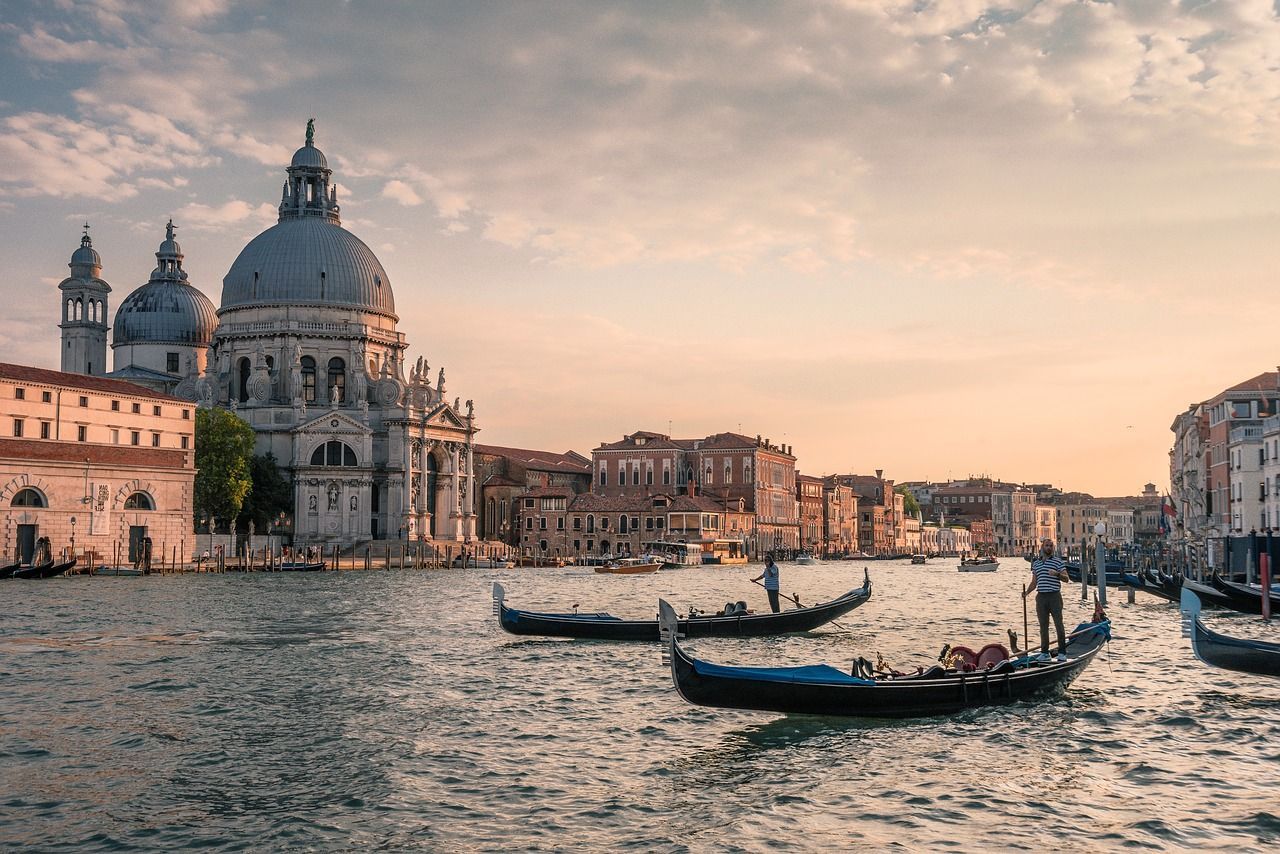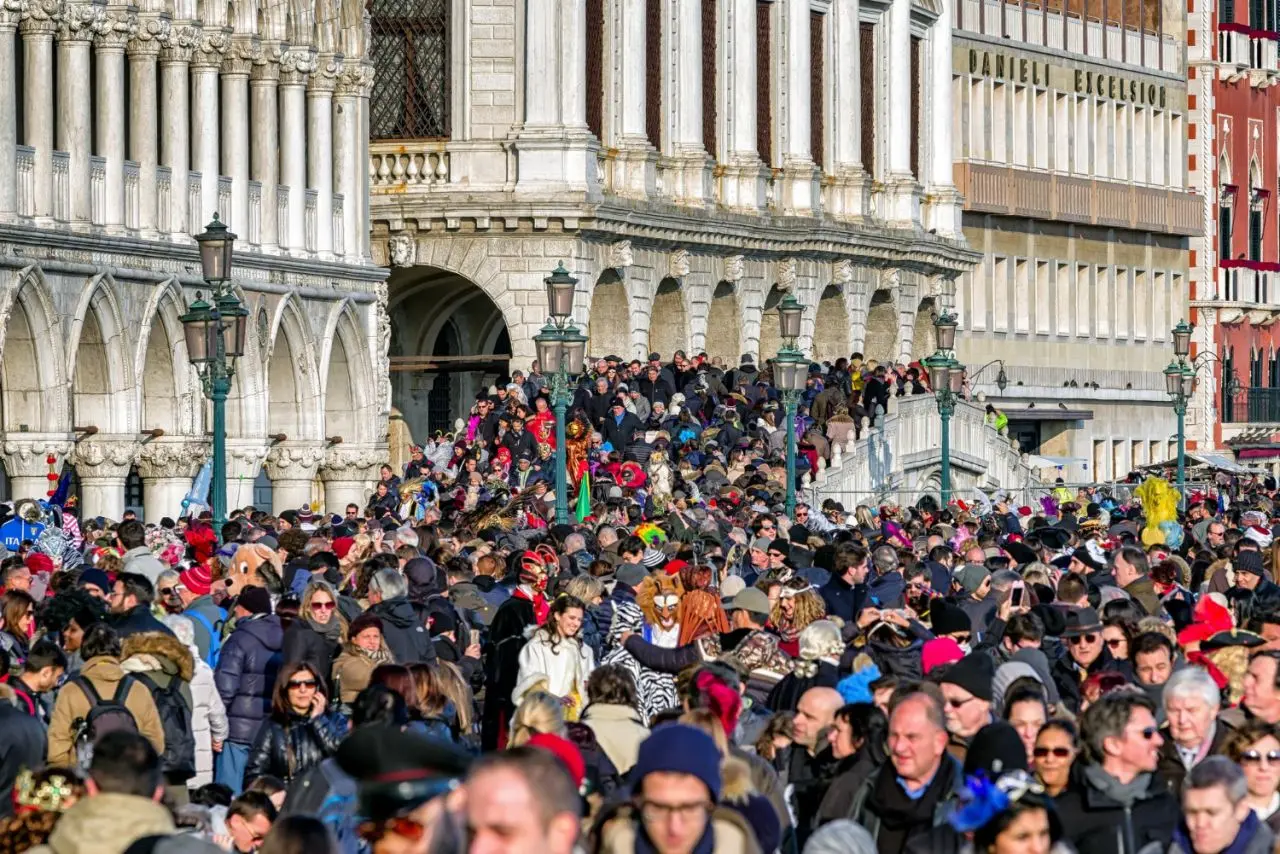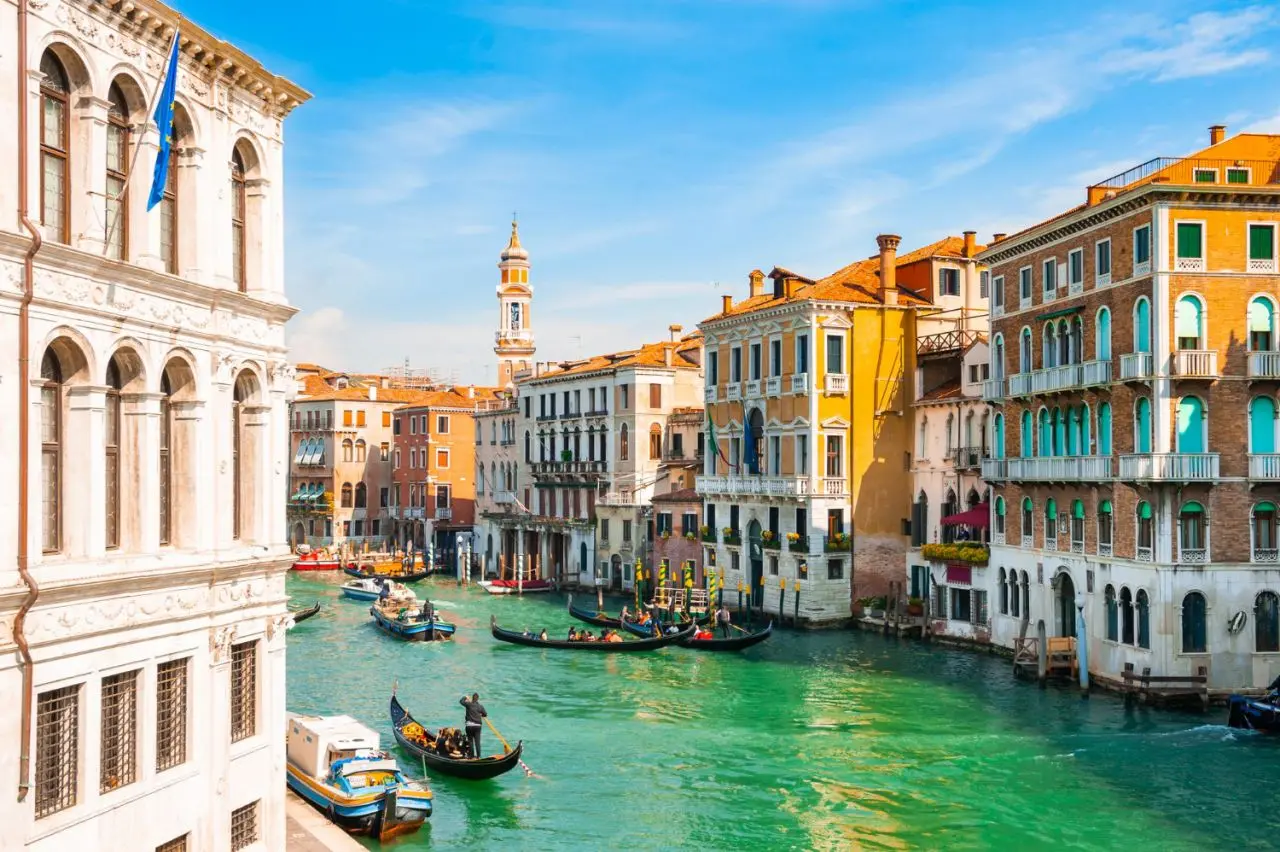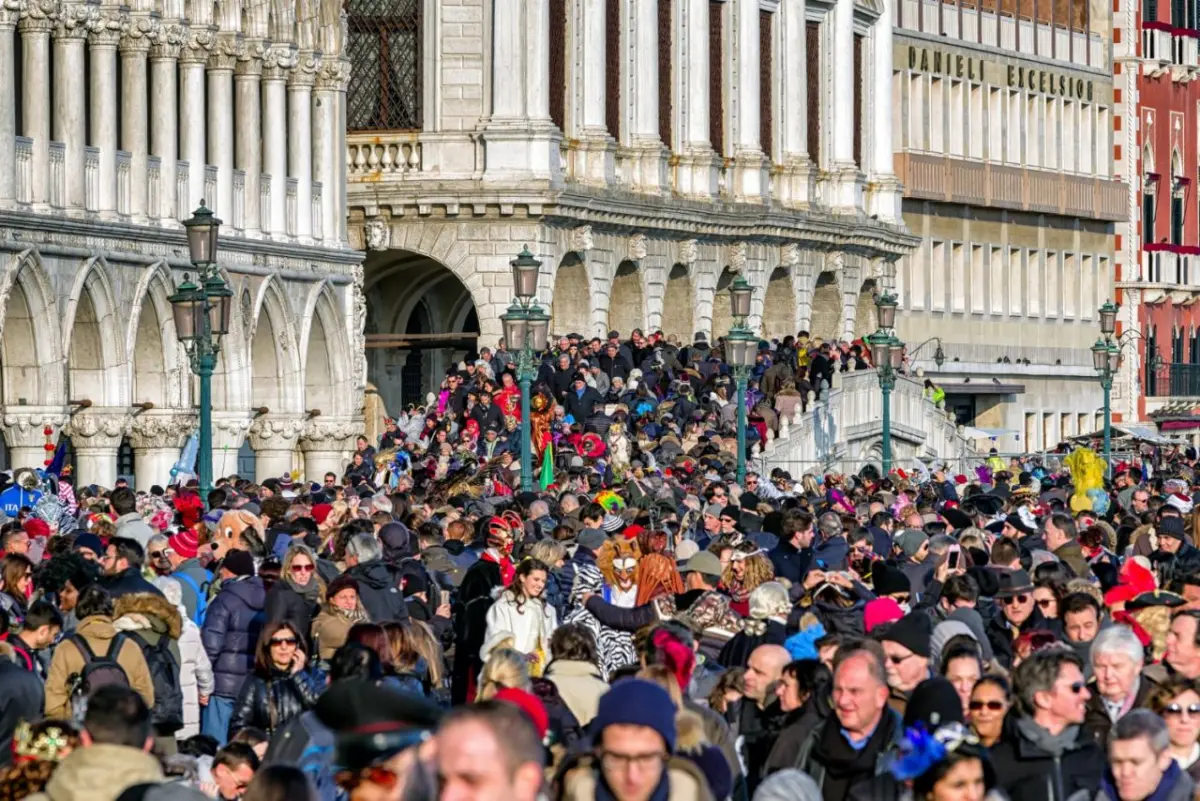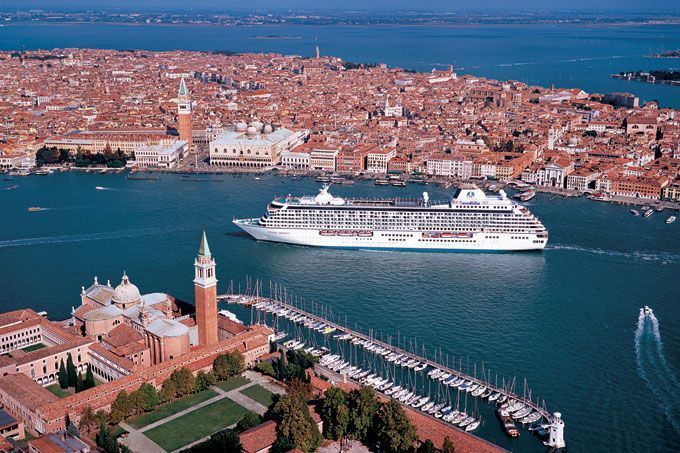In a landmark decision on Tuesday, Venice’s city council approved a pioneering system to manage the city’s overwhelming tourist influx, adopting an entry fee that grants access to the old city and smaller islands in the Lagoon.
This bold move aims to strike a delicate balance between the rights of residents and the city’s millions of visitors, while also preserving the unique character and fragility of this world-renowned destination.
Pay-to-Enter: How It Works
The comprehensive guidelines include general principles, controls, sanctions, and a list of exemptions. To facilitate international visitors, the council plans to roll out a multi-language, multi-channel platform. Targeting mainly day visitors, every individual over the age of 14 will be required to pay the fee to enter the historic part of Venice, unless they qualify for exemptions.
The Fine Print: Who’s Exempt?
Local residents, workers—including commuters—students of local educational institutions, and property tax-paying individuals and family members are exempt from the charge. The list also includes guests at local accommodations, residents of the Veneto Region, children under 14, people requiring care, participants in sporting events, and on-duty police officers.
Navigating The Gray Areas
Details such as the fee’s specific value—which will initially be set at 5 euros—and time intervals of validity will be defined in a forthcoming council resolution. This resolution will also provide further information on the exemption for all smaller islands in the Lagoon.
A World’s First: A Vision for Sustainable Tourism
Tourism Councilor Simone Venturini expressed the council’s sentiments, stating, “We have done this in the conviction that the idea of booking the city should be as participatory as possible. We thus set ourselves as a forerunner worldwide, aware of the urgency of finding a new balance.”
Venturini further elaborated, “This is why, at certain times and on certain days, innovative flow management is required, capable of putting a brake on day-to-day tourism.”
The city of Venice, famous for its canals, historic architecture, and artistic heritage, has long struggled with the negative effects of mass tourism, including damage to its delicate ecosystem and strain on its local infrastructure. This new law marks a pivotal moment in the fight to protect the Floating City’s unique charms for future generations while respecting the lives of its current inhabitants.
For locals and global tourists alike, Venice’s new entry fee raises a multitude of questions, not least of which is: What is the true cost of experiencing beauty, and who should bear it? As Venice embarks on this novel path, the world watches closely, pondering the future of tourism and the protection of global heritage sites. (AA)


